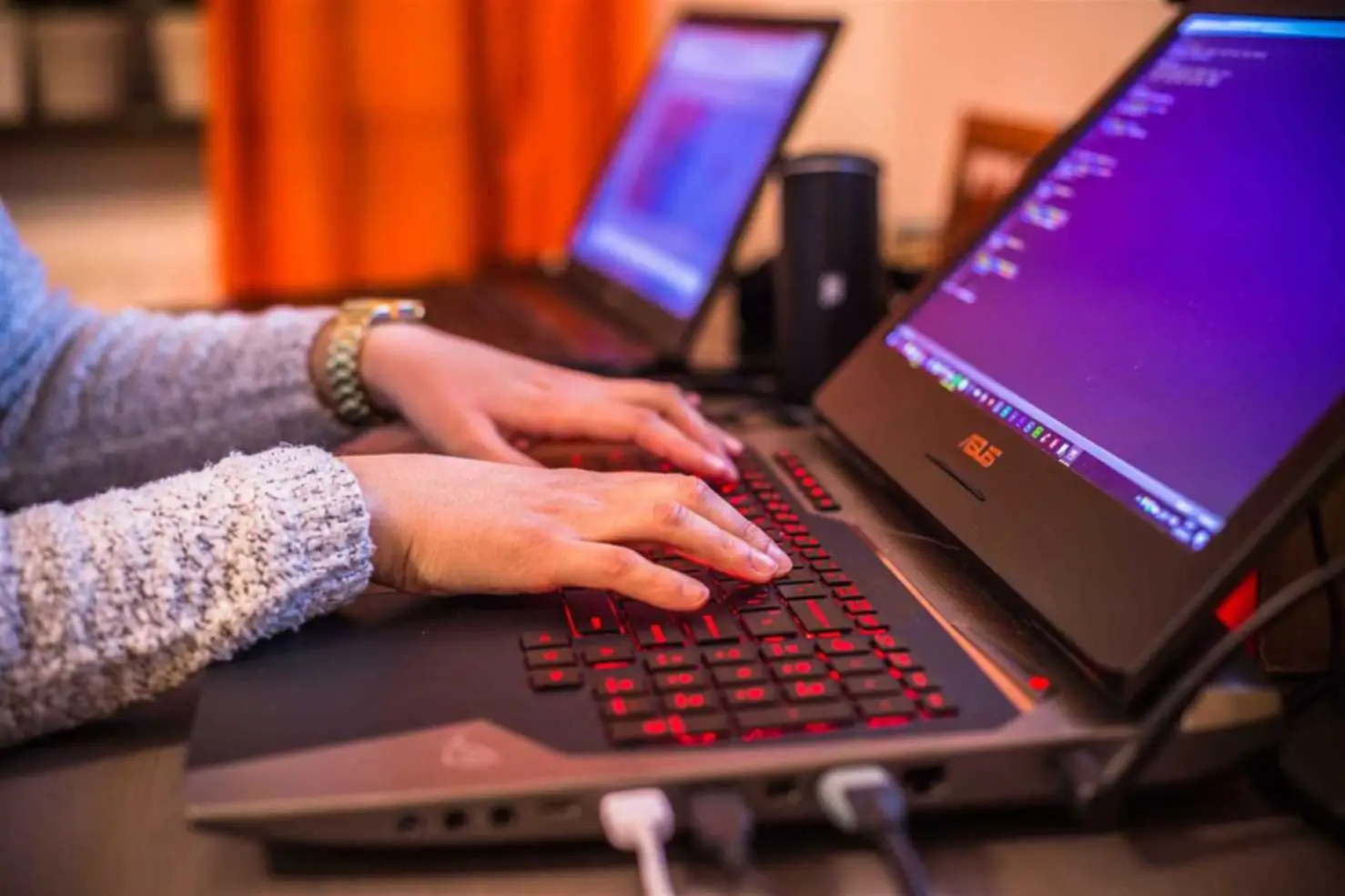The team that creates AI should have people from all walks of life. If there are folks from all backgrounds like region, schooling, work, and so on., it is simple to seek out AI Bias. Only then can we perceive what they want and create AI correctly. Therefore, when creating AI, we should create it with fairness and equality in thoughts. But they learn the customs and beliefs of our society and behave in the same means.
In the healthcare industry, figuring out bias might contain analyzing diagnostic algorithms for disparities in accuracy throughout different demographic groups. For instance, an AI system used for diagnosing pores and skin conditions could be assessed for its performance accuracy across numerous skin tones. This may be carried out by evaluating diagnosis rates and accuracy between groups with lighter and darker skin tones. If the system constantly exhibits lower accuracy for darker skin tones, this may point out an underlying algorithmic bias, likely stemming from a lack of diverse information in its training set. These numerous types of bias often interact and reinforce one another, creating a compound impact that can considerably influence advertising effectiveness and brand perception.
Firms that work to guard customers’ data construct brand trust and usually tend to create reliable AI techniques. Identifying and addressing bias in AI requires AI governance, or the power to direct, handle and monitor the AI activities of a corporation. In follow, AI governance creates a set of policies, practices and frameworks to information the accountable improvement and use of AI technologies. When carried out nicely, AI governance helps to ensure that there could be a stability of advantages bestowed upon businesses, clients, workers and society as an entire. By making use of bias calculation in these and other fields, you presumably can be sure that your knowledge analysis is each accurate and dependable, resulting in extra knowledgeable selections and better outcomes.
- AI bias is not only a technical problem; It may have long-term results on society.
- If these problems are recognized early, AI methods could be seen as honest, transparent, and honest.
- The labelers sometimes knowingly or unknowingly bias the info they use to coach the AI.
- Folks residing in areas with plenty of poverty have a hard time getting credit.
- The Path ForwardThe journey in course of unbiased AI is ongoing and requires concerted effort and dedication.
“Counterfactual fairness” is a potential strategy to this that ensures a model’s choices are the same in a counterfactual world where sensitive traits like race, gender, or sexual orientation have been altered. Incorporate reinforcement studying with human suggestions (RLHF) as a continuous improvement process. RLHF enables AI models to refine their decision-making by studying from human enter. Somewhat than relying solely on information, this methodology permits AI to adapt to altering human preferences, ethical requirements, and ethical expectations over time. To ensure long-term fairness, build and adopt moral AI frameworks and insurance policies that information the accountable growth and deployment of AI.

Even if they are saying one thing normal, the AI will misunderstand it and blame them. The method AI work is that they be taught from the information we give them. For instance, let’s say a company makes use of AI to hire folks for a job. If those information show that men have been hired more usually, the AI will additionally give priority to men. On the info side, researchers have made progress on text classification tasks by adding more information factors to improve performance for protected teams.
Whereas this won’t be a problem when you apply AI to related applicants, the problem occurs when utilizing it to a special group of candidates who weren’t represented in your data set. In such a situation, you basically ask the algorithm to apply the prejudices it discovered on the first candidates to a set of people where the assumptions may be incorrect. AI bias is a posh and multifaceted concern that requires ongoing consideration and energy to handle. By understanding the several types of bias, recognizing their real-world impacts, and implementing methods to mitigate them, we are in a position to work in the direction of creating fairer and more inclusive AI methods. It’s essential to remember that mitigating AI bias is not a one-time task, however an ongoing process that requires steady monitoring, analysis, and adaptation.
Forms Of Bias Found In Ai Models
This bias can have serious penalties, such as wrongful arrests or denial of access to services. At its core, AI bias refers to the systematic prejudice or discrimination that can occur in AI methods. This bias can stem from various sources, together with the info used to coach the AI, the algorithms themselves, and even the way the AI is deployed. It’s important to notice that AI bias isn’t at all times intentional; typically, it is an unintended consequence of the advanced interactions between data, algorithms, and society.
Algorithms aren’t impartial when weighing folks, occasions, or things in one other way for varied functions. Due To This Fact, we should perceive these biases in order that we can develop solutions to create unprejudiced AI methods. This article will focus on what AI bias is, the kinds of AI bias, examples, and the way to AI Bias cut back the risk of AI bias.
Keep Away From Infrastructural Issues
In January 2020, Detroit auto store employee Robert Williams was wrongfully arrested because of a flawed facial recognition algorithm. The AI system falsely identified him as a robbery suspect from a year-old case. The incident highlights the serious real-world consequences of AI bias in legislation enforcement, particularly for individuals of shade. Facial recognition technology has been proven to work much less accurately on darker skin tones, raising issues about its use in policing. The case underscores the necessity to critically study AI techniques for built-in biases that may perpetuate societal prejudices.
In the ever-evolving world of synthetic intelligence (AI), one of the pressing issues we face is AI bias. As AI turns into more built-in into our daily lives, it’s essential to grasp what AI bias is, the method it manifests, and most importantly, how we are ready to mitigate it. In this text, we’ll dive deep into the world of AI bias, explore real-world examples, and focus on methods to tackle this challenge head-on.

Whereas this capability is powerful, it additionally means biases can become deeply rooted in how decisions are made. Because information lineage is such a useful tool in removing AI bias, one other best follow is to put money into a complete, intuitive data lineage device that may assist monitor your data’s journey. For instance, some AI tools used to determine mortgage eligibility in the financial sector have discriminated in opposition to Software Сonfiguration Management minorities by rejecting loan and bank card applications. They’ve done so by taking irrelevant parameters into their calculations, such because the applicant’s race or the neighbourhoods the place they stay.
This is a basic example of choice bias, the place the sample would not characterize the complete inhabitants. Recognizing and correcting bias is crucial to make knowledgeable choices based on your data. We can either develop our AI methods to function with larger objectivity and equity, or we can increase bias-based errors and exacerbate societal challenges. A numerous staff, together with members from different https://www.globalcloudteam.com/ backgrounds, genders, ethnicities, and experiences, is more likely to identify potential biases that might not be evident to a more homogenous group.
AI bias in advertising presents one of the most significant challenges for modern companies using synthetic intelligence whereas trying to remain honest and ethical. As firms increasingly use AI throughout their advertising methods, their success depends on recognizing and addressing algorithmic bias earlier than it impacts marketing campaign outcomes. The scope of AI bias is way broader than coaching algorithms with incomplete or skewed datasets. In addition to datasets and algorithms, another supply of AI bias could be knowledge collection and labelling methods. Biases may even be found in the finest way machine studying models are designed. This article proposes a couple of potential options, such as testing algorithms in real-life settings, accounting for counterfactual fairness, contemplating human-in-the-loop systems, and altering how individuals educate about science and expertise.
The social inequity that AI bias creates can have damaging regulatory and authorized penalties as well. Organisations not solely expose themselves to the danger of lawsuits when their algorithms discriminate in opposition to qualified candidates, but some acts of discrimination may even result in pricey compliance fines. As AI turns into extra advanced, it’s going to play a big function within the choices that we make. For example, AI algorithms are used for medical information and coverage changes that have significant impacts on the lives of individuals. For this reason, it’s important to examine how biases can influence AI and what could be carried out about it. He states that some issues must be addressed and agreed upon globally.

